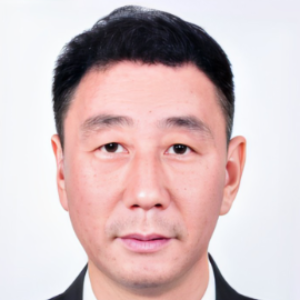Title : The role of novel cold atmospheric plasma technology in preventing infectious diseases
Abstract:
Infectious diseases are becoming a health burden, causing numerous hospitalisation cases and deaths and leading to global economic losses. The prevention and control of infectious diseases have become more important as a result of the COVID-19 pandemic. Traditional disinfection methods are inadequate nowadays due to their numerous drawbacks. Therefore, novel, innovative solutions are needed to disinfect infectious disease-causing microorganisms. Thus, cold atmospheric plasma is the most contemporary nonthermal technique being explored in the field of medicine and food science at present. The cold atmospheric plasma operates at sub-lethal or room temperature driven by high voltage field electric, and the plasma is generated between electrodes with dielectric barriers preventing spark formation. Moreover, it is an environmentally friendly technique that is easy to operate and cost-effective. The cold atmospheric plasma has been employed to disinfect or inactivate viruses such as the SARS-CoV-2 virus, wounds such as skin diseases and cancers, medical instruments, heat-sensitive medical materials and irregular geometric medical surfaces. The plasma-generated reactive species have been revealed to be responsible for the pathogens’ disinfection or inactivation by acting on the virus’s capsid proteins and/or nucleic acids. Consequently, cold atmospheric plasma is powerful in disinfecting and inactivating bacterial, fungal and viral infections, enabling wound healing, preventing cancer spread, and improving psoriatic or vitiligous wounds. Hence, utilising the novel cold atmospheric plasma in preventing infectious diseases could be a revolutionary approach that can increase clinical success in the field of infectious diseases.
Audience take-away:
- They will learn about cold atmospheric plasma technology.
- They will learn the various applications of cold atmospheric plasma.
- They will learn the mechanisms of the cold atmospheric plasma.
- They will learn the future research trends on cold atmospheric plasma.
- The audience can utilise the cold atmospheric plasma in almost all aspects of their job
- It will make the audience work faster and more effectively.
- This research can help other faculty to expand their research or teaching knowledge.
- Indeed, this presentation will provide a practical solution to problems that could simplify or make a designer’s job more efficient.
- It will improve the design accuracy and provide new information to assist in a design solution for a problem



